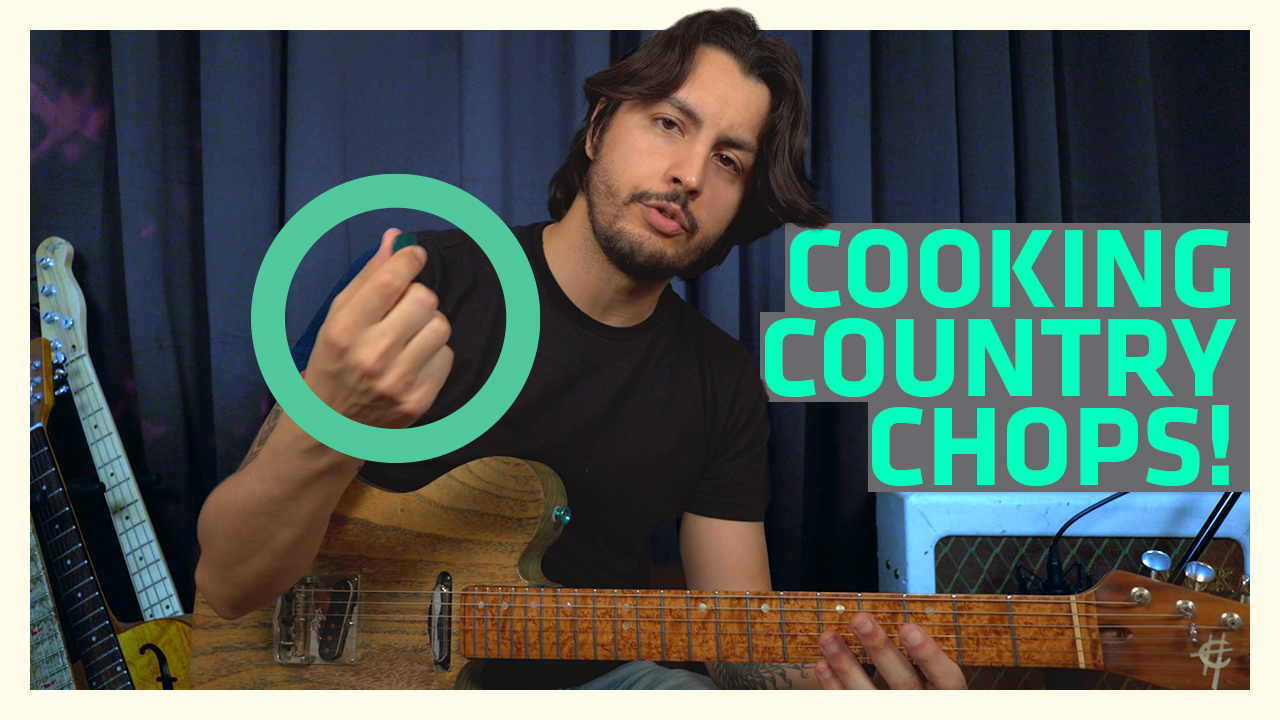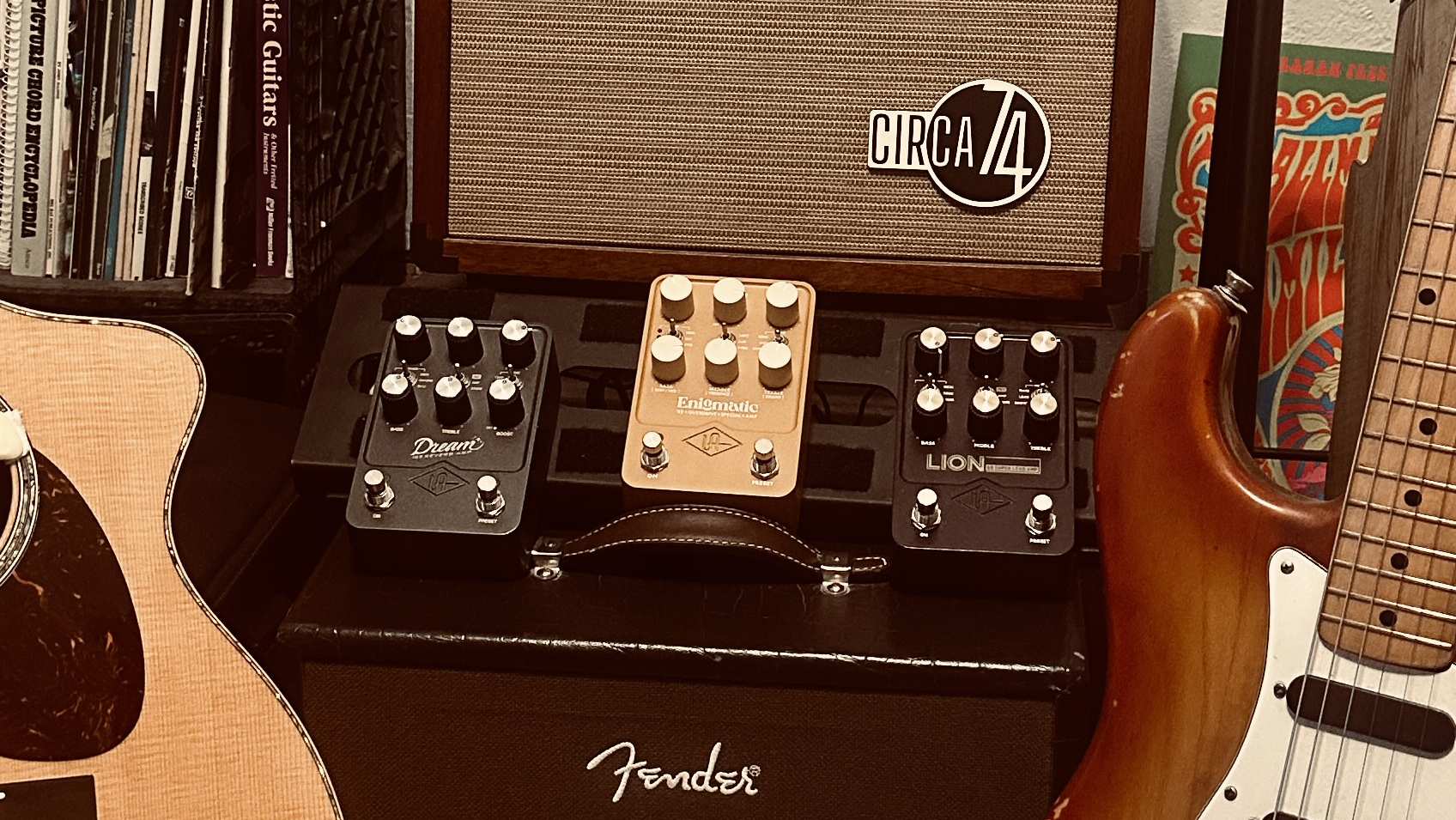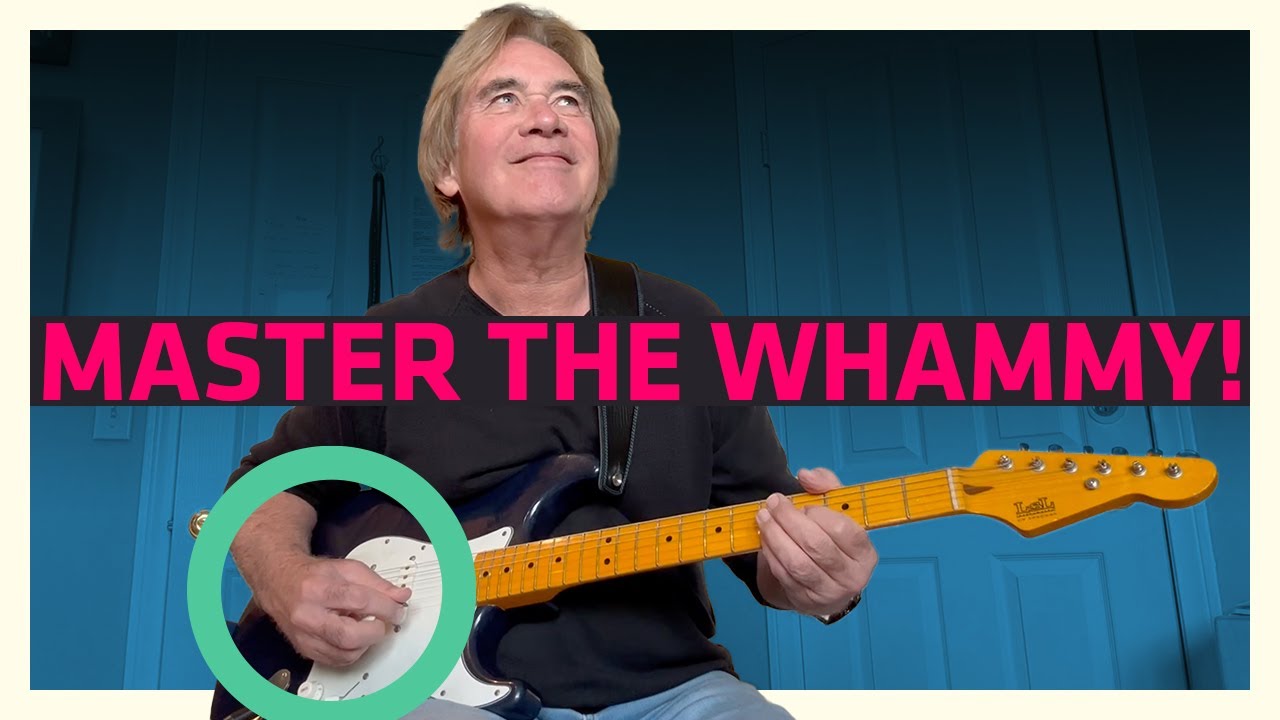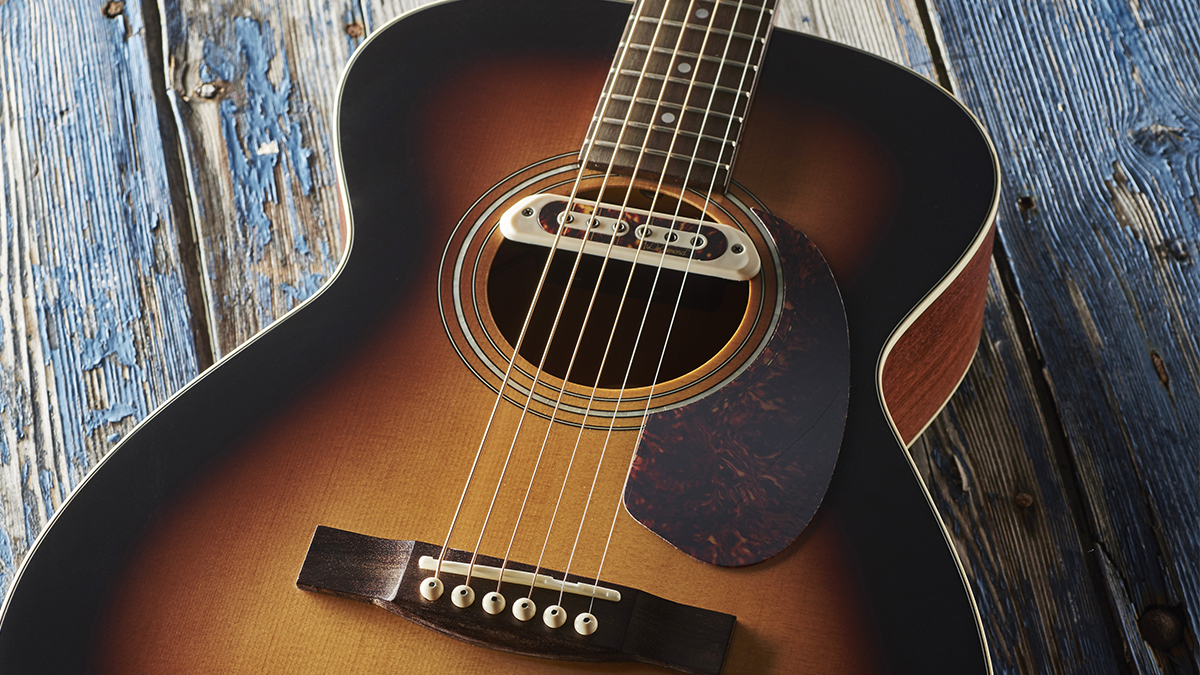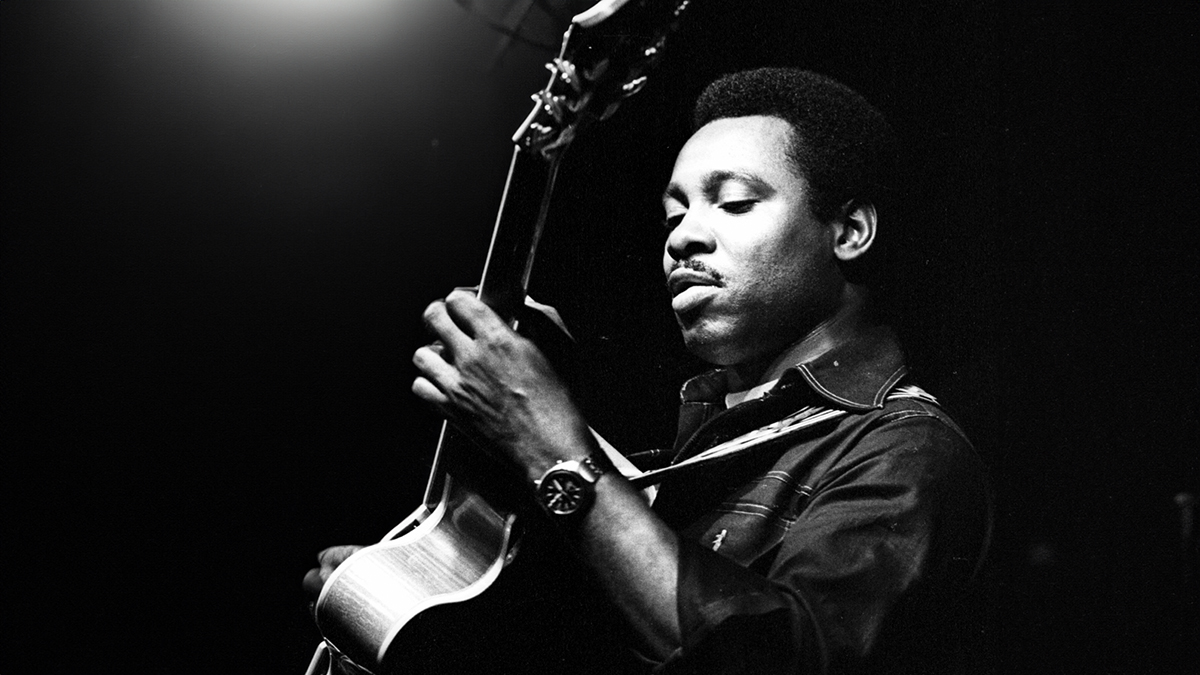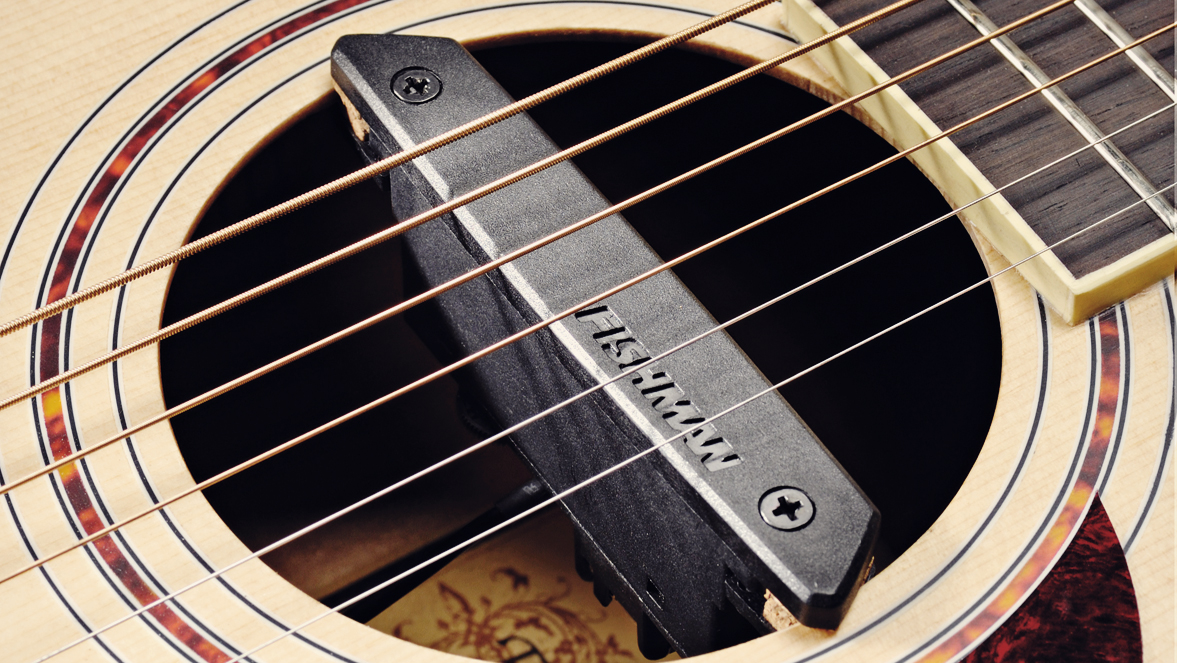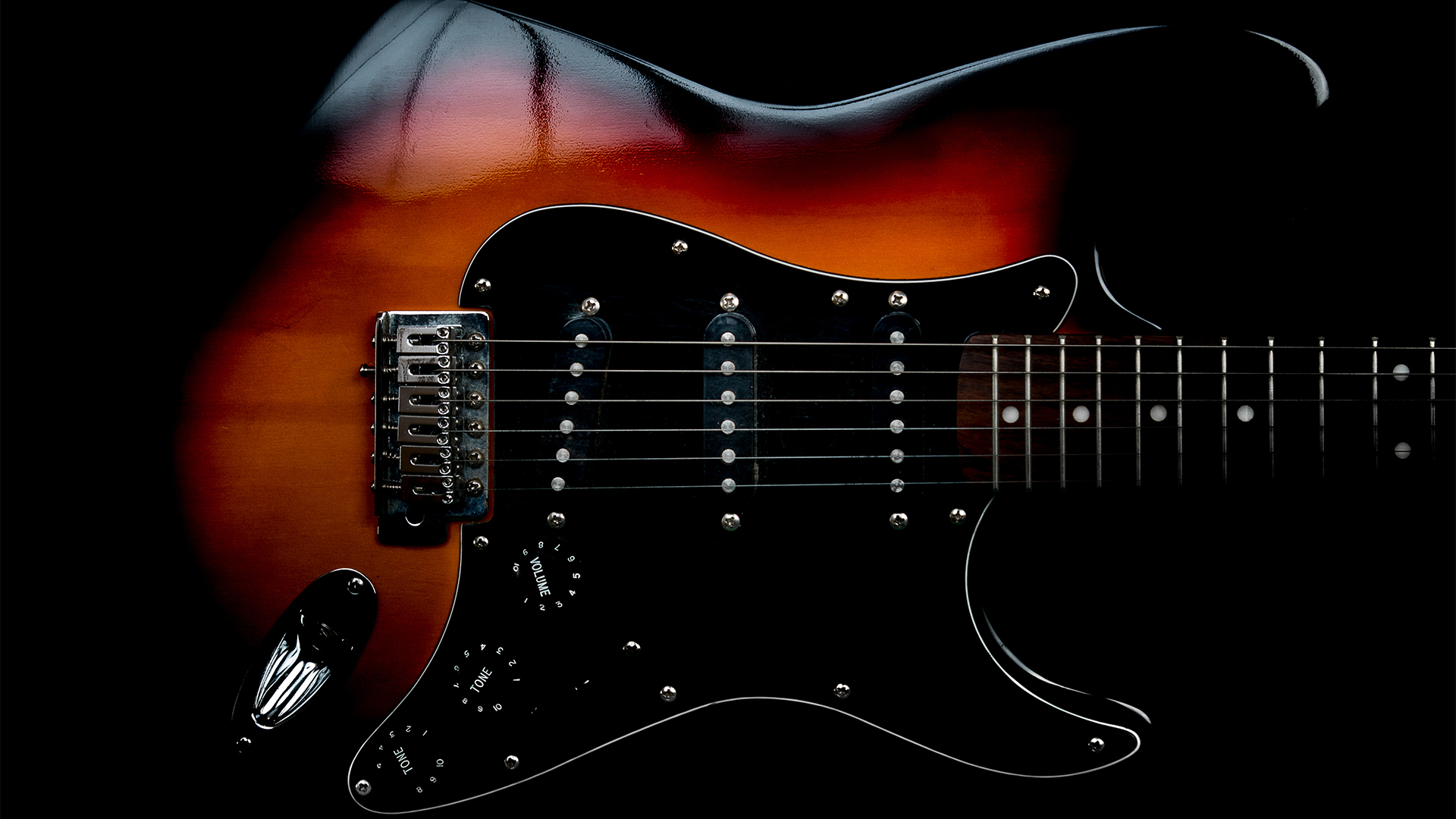"These are six of my favorite modal licks." Molly Miller shows how to put the power of modes to work in blues and jazz using hybrid picking, finger slides, hammer-ons and pull-offs
Often the best way to develop modal vocabulary is by learning short phrases which resonate with "flavor" notes that are uniquely placed in the mode
Molly Miller has become a force over the past several years, not least for the vibrant lead lines and rhythmic grooves that have graced her work with the Molly Miller Trio and her performances with Jason Mraz.
In this lesson, Molly unlocks elements of her guitar style by sharing six of her favorite licks derived from the modes of the major scale and the melodic minor. Her guitar tone is simplicity itself: Molly plugs her Gibson ES-335 straight into a clean amp, using the neck and middle pickups and a touch of reverb. For a similar sound, dial in a clean tone and select your neck or middle pickup (or both if you have a Strat-style guitar). For a more traditional jazz guitar sound, try rolling off the guitar's tone control.
In this video Molly brings her phrases to life using techniques such as hybrid picking, finger slides, hammer-ons and pull-offs. She also combines single-note melodies with chords, a style of self-accompaniment that works particularly well in a stripped-down band where the guitar is the main harmony instrument. Playing lead lines on a clean-toned electric guitar can feel exposing, but it's a good way to measure consistency and musicality.
To keep you on your toes, all the licks are in different keys and a couple are in different time signatures (3/4 and 4/4). All of the examples are performed without a click but are strongly rhythmic (having consistent inner timing is vital for all musicians). Once you’ve learned and mastered these six examples, challenge yourself to play them in different keys so they're versatile for your own music making. The only lick that is key specific is example six, which uses the open second string (B), but you can change this to suit your own musical scenario.
Ex. 1: E Mixolydian (E7) Lick
Here Molly outlines the E7 chord sound by linking the chord tones (E-G#-B-D) with chromatic notes. The interplay between the minor 3rd (G) and major 3rd (G#) is a classic blues trick which Molly uses several times. Click on the video below to watch her play example 1.
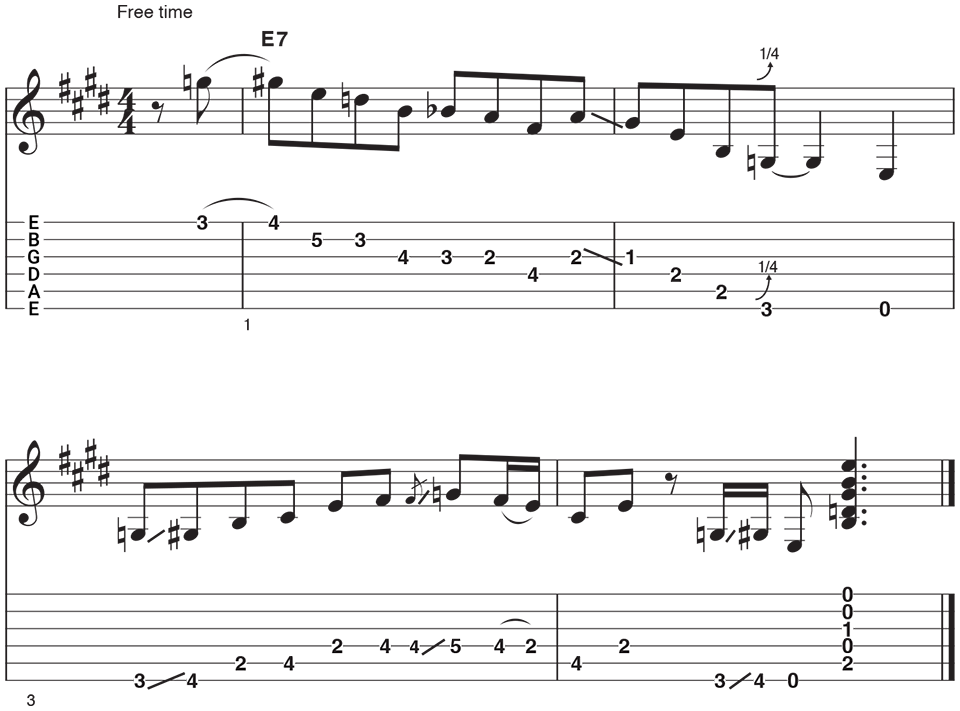
Ex. 2: D Lydian Dominant (D7#11) Lick
The D Lydian Dominant scale (D-E-F#-G#-A-B-C) is the fourth mode of A melodic minor (A-B-C-D-E-F#-G#) and works well over a D7 chord. It's similar to the popular D Mixolydian (mode 5 from the G major scale), but the augmented 4th (G# note) is what makes it different. To outline the sound of the D Lydian Dominant, Molly groups together the minor 7th (C), root (D), major 3rd (F#) and augmented 4th (G#) to create a moveable whole-tone pattern. The lick is finished off with three-note chords that evoke the mode's unique sound. Without going into too much detail with chord-naming conventions, an augmented 4th (#4) is the same as an augmented 11th (#11), hence the chord being D7#11 and not D7#4. Click on the video below to watch her play example 2.
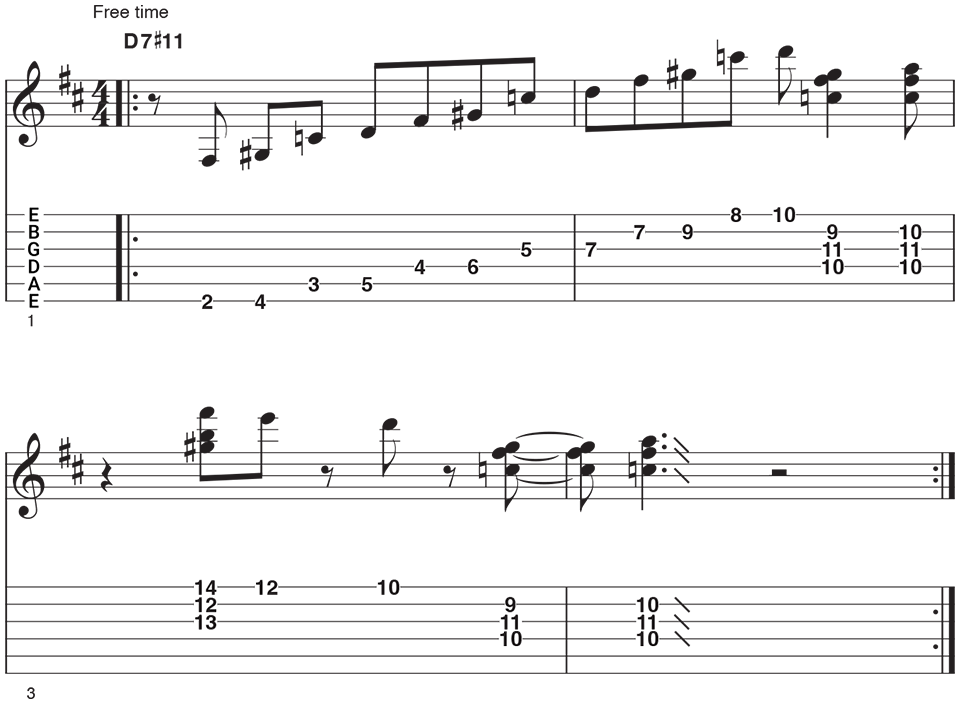
Ex. 3: G Lydian (Gmaj7#11) Lick
For this major 7–based lick, Molly uses hybrid picking (pick and fingers together), which makes playing it easier. To help you articulate the notes well, the picking directions are positioned under the tab (i.e. down pick, a = third finger, m = second finger). Notice that for the majority of this, the sound could easily be considered as G major (G Ionian), but the final chord is where spice is added, as the C# note clearly outlines the sound of G Lydian (G-A-B-C#-D-E-F#). Click on the video below to watch her play example 3.
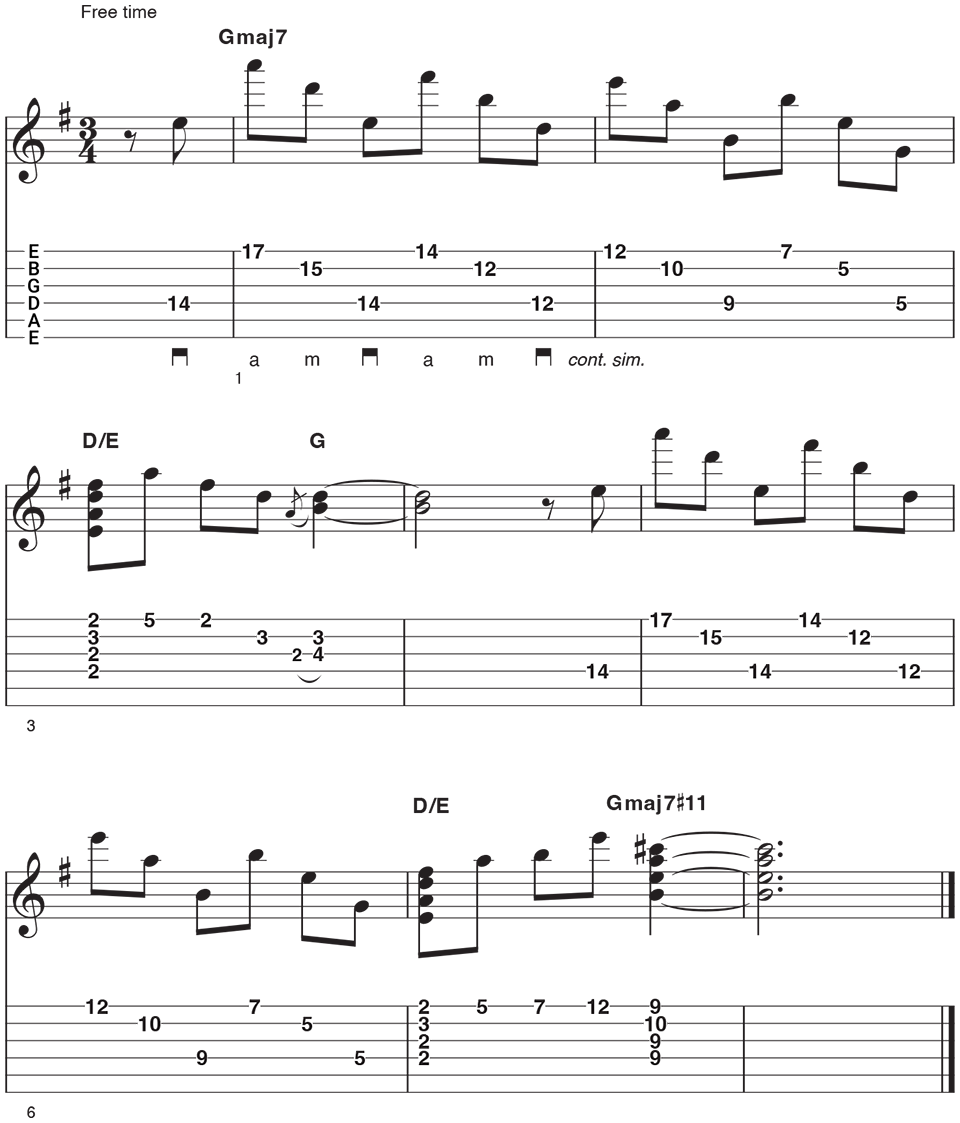
Ex. 4: E Dorian (Em6) Lick
This uses the E Dorian mode (E-F#-G-A-B-C#-D) to create a flowing jazz-style line. The key color of the minor-oriented Dorian mode is the major 6th interval. Here, it's the C# note that flavors E Dorian. Notice the way Molly targets the C# in both the lines and the three-note chords, adding brightness to the minor sound. Click on the video below to watch her play example 4.
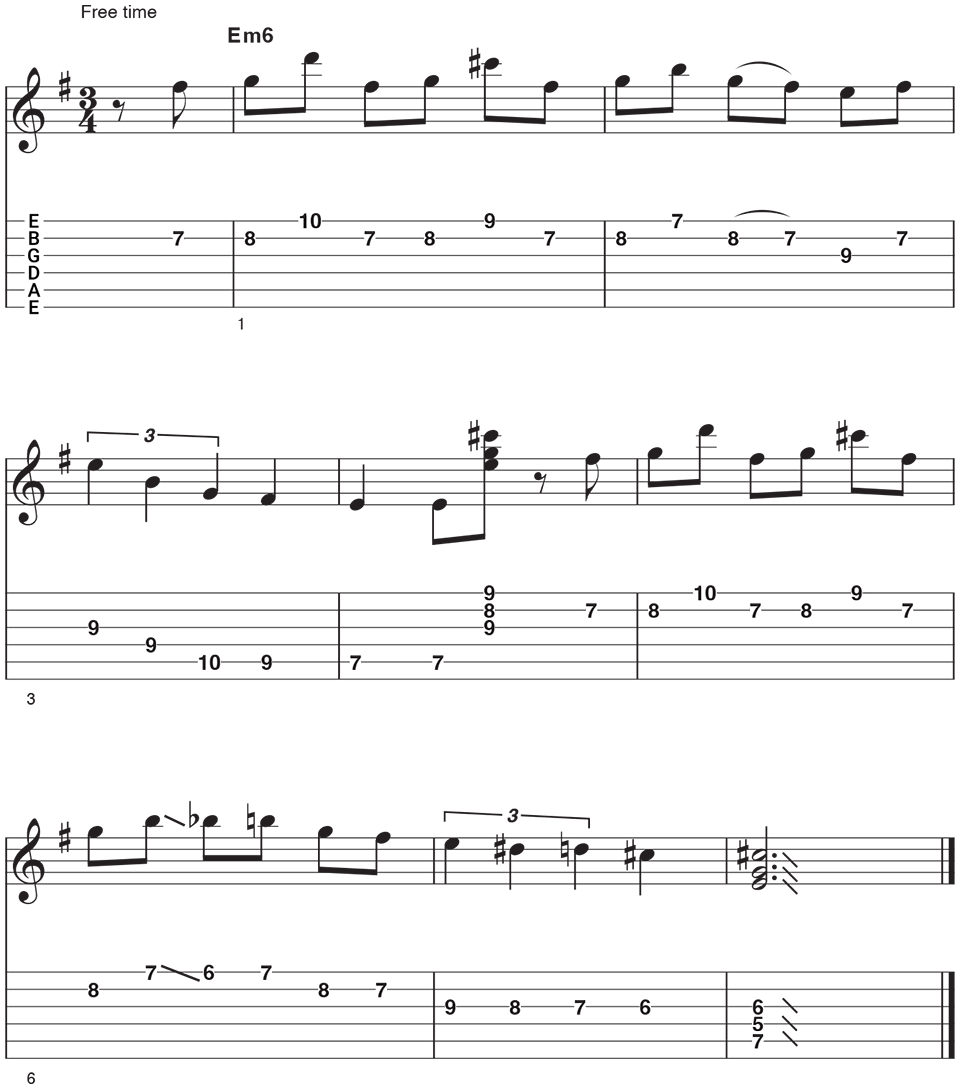
Ex. 5: G Dorian (Gm6) Lick
Molly heads into funky territory here by using G Dorian (G-A-Bb-C-D-E-F) and a 16th note–based rhythmic feel that shines with numerous syncopations. The Db/C# notes are assertive "blue" notes (i.e. the diminished 5th), which add further attitude to the phrasing. Click on the video below to watch her play example 5.
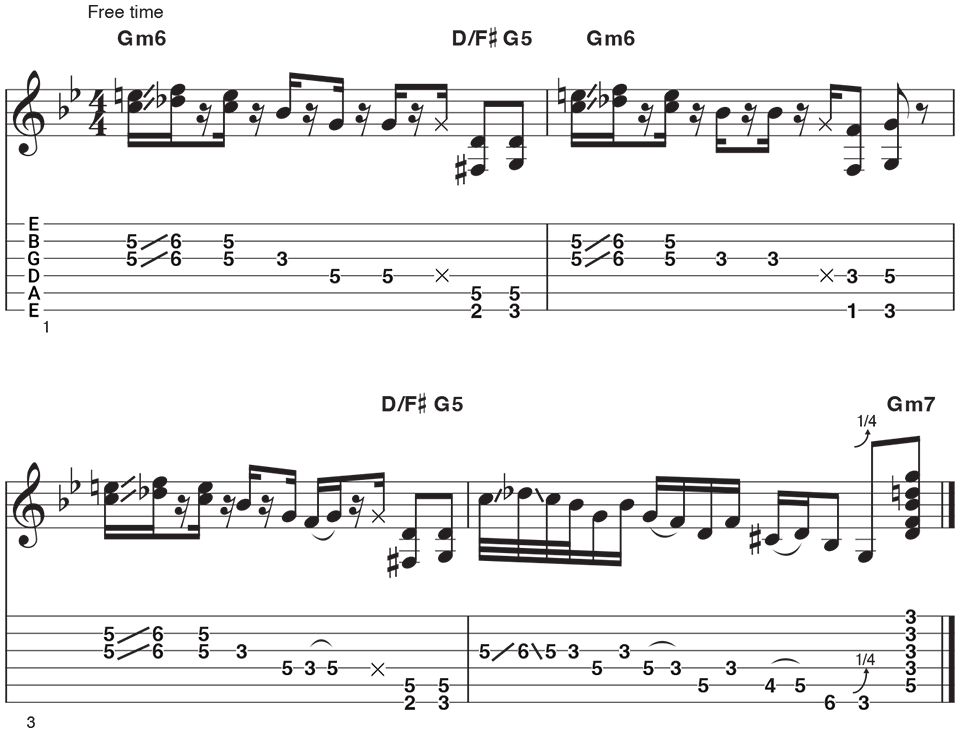
Ex. 6: B Ionian (B major) Lick
This final example is ear catching due to the amount of sweet-sounding 6th intervals, which evokes B Ionian (B-C#-D#-E-F#-G#-A#), also known as B major. Hybrid picking will greatly help you play so many string jumps at this speed. Use a down pick on the fourth string's low notes and the second finger (m) to pluck the open second string. These picking suggestions are shown under the tab. With three-note groupings played against a 16th-note rhythm, the syncopated patterns are sure to catch everyone's attention. Click on the video below to watch her play example 6.
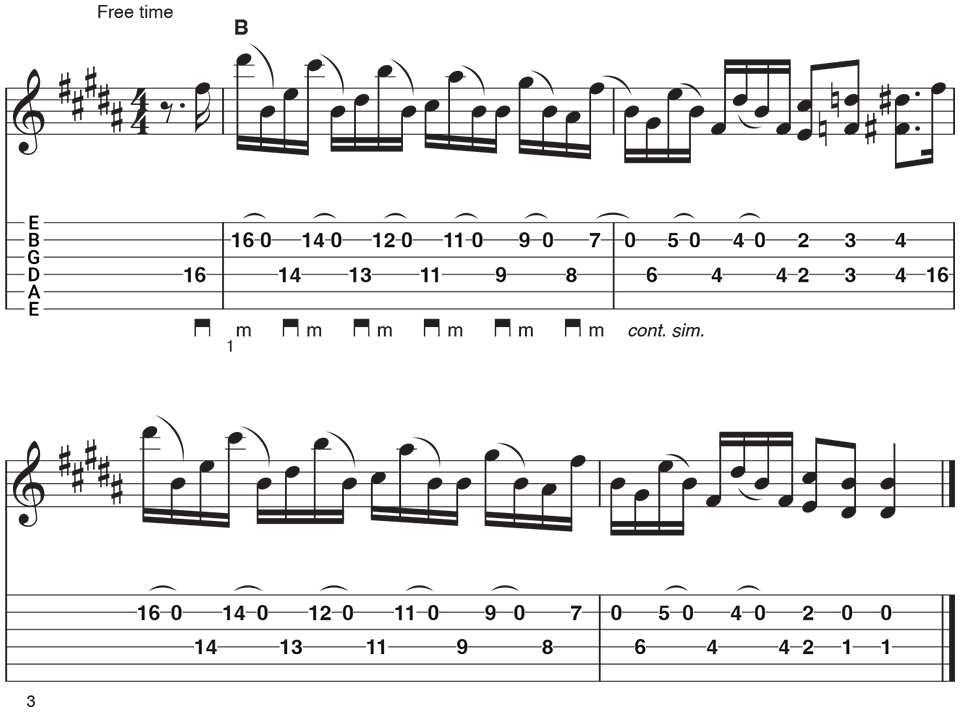
Get The Pick Newsletter
All the latest guitar news, interviews, lessons, reviews, deals and more, direct to your inbox!
Jon Bishop is a UK-based guitarist and freelance musician, and a longtime contributor to Guitar Techniques and Total Guitar. He's a graduate of the Academy of Contemporary Music in Guildford and is touring and recording guitarist for British rock 'n' roll royalty Shakin’ Stevens.
“Write for five minutes a day. I mean, who can’t manage that?” Mike Stern's top five guitar tips include one simple fix to help you develop your personal guitar style
"It’s like you’re making a statement. And you never know where it’ll lead." Pete Thorn shares the tip that convinced Joe Satriani he was the right guitarist for the SatchVai Band



